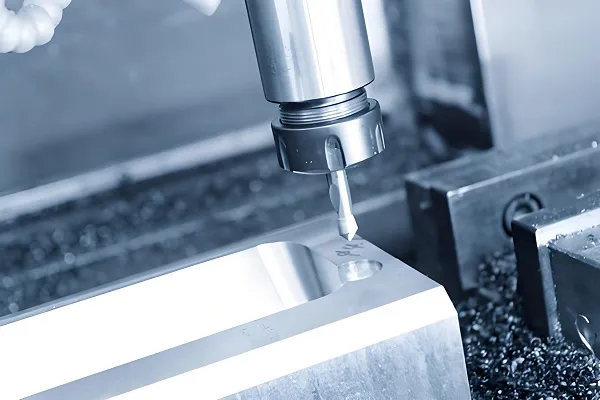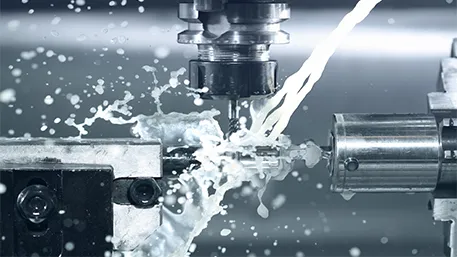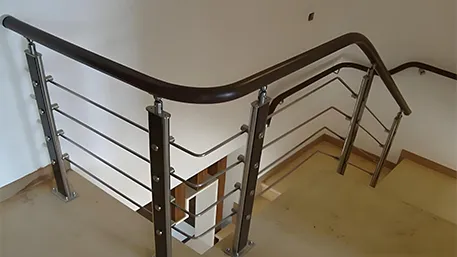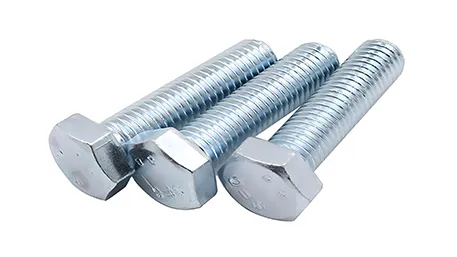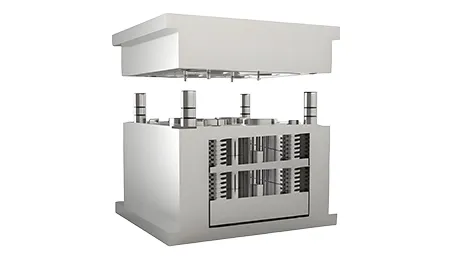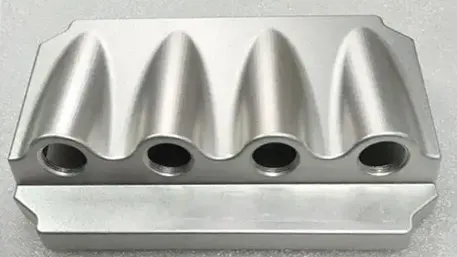Injection mold fixture is an indispensable key component in the injection molding production process, which is responsible for fixing the mold in the injection molding machine to ensure that the mold maintains a stable position during the high-pressure injection process, so as to produce injection molded parts that meet the requirements. High-quality injection mold fixture can not only improve production efficiency, but also ensure product quality and reduce the risk of mold damage.
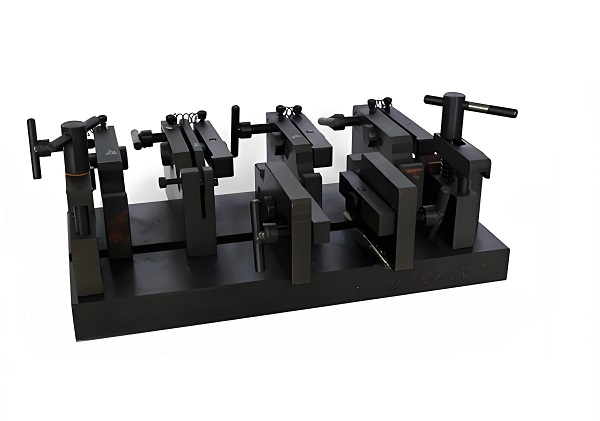
1.Injection mold fixture production process
Demand analysis: Communicate with customers to clarify the design requirements of the fixture, mold size, injection molding machine model and other key information.
Design drawing: According to the result of demand analysis, design the structure drawing of the fixture, including the overall layout of the fixture, clamping method, positioning accuracy, etc..
Material selection: According to the use environment and performance requirements of the fixture, select the appropriate material, such as high-quality steel, aluminum alloy and so on.
Processing and manufacturing: through precision machining (such as milling, drilling, grinding, etc.) and heat treatment process, processing the various parts of the fixture.
Assembly and debugging: the processed parts are assembled and debugged to ensure that the fixture can stably and accurately fix the mold.
Quality Inspection: Strict quality inspection of the finished fixture, including dimensional accuracy, surface quality, clamping force test, etc., to ensure that the fixture meets the design requirements.
2.Customized injection mold fixture process
Personalized design: According to the size, shape and special requirements of the mold provided by the customer, we will carry out personalized design to ensure that the fixture is perfectly matched with the mold.
Material customization: Provide a variety of materials for customers to choose from, and customize the materials according to customer needs to meet the needs of different application scenarios.
Function customization: according to the needs of the injection molding process, customize the clamping mode, positioning accuracy, opening and closing speed and other functions of the fixture, in order to improve production efficiency and product quality.
Rapid response: provide rapid design, production and delivery services to ensure that customers can obtain the required injection mold fixtures in a timely manner.
3.Injection mold fixture material
Material: High quality steel (such as 45# steel, alloy steel), aluminum alloy, stainless steel, etc.
High strength: the selected material has high strength and good toughness, able to withstand the huge pressure generated during the injection molding process.
Abrasion resistance: the surface is specially treated to have good abrasion resistance, extending the service life of the fixture.
Corrosion resistance: some materials such as stainless steel have good corrosion resistance, suitable for use in wet or corrosive environments.
Easy processing: the selected material is easy to machining and heat treatment, to facilitate the manufacture of high-precision fixtures.
4. Different materials injection mold fixture
4.1 High-quality steel fixture:
Data: tensile strength ≥ 500MPa, hardness HRC30-50
Characteristics: high strength, high wear resistance, suitable for heavy-duty injection molding machines and large molds.
4.2 Aluminum alloy fixture:
Data: low density (about 1/3 of steel), tensile strength ≥ 200MPa
Characteristics: lightweight, easy to process, suitable for occasions where the weight of equipment needs to be reduced.
4.3 Stainless steel fixture:
Data: high corrosion resistance, can be used in harsh environments for a long time
Characteristics: acid and alkali resistance, corrosion resistance, suitable for use in wet or corrosive environments.
5. Injection mold fixture manufacturing process
5.1 CNC machining (CNC machining)
Description: CNC machining is one of the most commonly used processes in the manufacture of injection mold fixtures. It uses computer numerical control technology, through the pre-programmed program to control the movement of the machine tool, to achieve accurate processing of the mold fixture. CNC machining can process complex surfaces and holes to ensure machining accuracy and surface quality.
Features:
High machining precision, suitable for machining complex shapes and sizes of fixtures.
High degree of automation, high productivity.
Stable machining process and reliable quality.
5.2 Electric Discharge Machining (EDM)
DESCRIPTION: EDM is a method that uses the high temperature generated by electric spark discharge to melt or vaporize the metal material, so as to achieve the machining purpose. In the manufacturing of injection mold fixtures, EDM is commonly used to process detailed parts of the mold, deep holes or narrow slits that are difficult to machine with traditional machinery.
Features:
Wide range of processing materials, almost any conductive material can be processed.
High machining accuracy and good surface quality.
Suitable for processing complex shapes and parts that are difficult to process with conventional machinery.
5.3 Wire Cutting (Wire EDM)
Description: Wire EDM is a method of using fine metal wires (usually molybdenum or copper wires) as tool electrodes to melt or vaporize the metal material through the high temperature generated by high-frequency pulsed power discharges, so as to cut out the desired shape. In injection mold fixture manufacturing, wire cutting is commonly used to process complex contours and shapes.
Features:
High machining precision and good surface quality.
Suitable for processing fixtures of various shapes and sizes, especially for complex contours.
Stable processing, high material utilization.
5.4 Grinding Processing
DESCRIPTION: Grinding processing is a method of processing workpieces using abrasives (such as grinding wheels, abrasive belts, etc.). In injection mold fixture manufacturing, grinding processing is commonly used to process the finish and surface quality of the mold, as well as to remove burrs and flying edges generated during processing.
Features:
High processing precision and good surface quality.
Suitable for processing various hardness materials, including cemented carbide and ceramics.
Smooth machining process and high productivity.
5.5 Heat Treatment
Description:Heat treatment is an indispensable part of injection mold fixture manufacturing. By heating, holding and cooling the fixture material, it can improve the organization and properties of the material, and improve the hardness, wear resistance and corrosion resistance of the fixture.
Features:
Improve the hardness and wear resistance of the material.
Improve the organization and properties of the material.
Improve the service life and stability of the fixture.
Customized Injection Mold Fixture Service FAQ
Q: How to customize the injection mold fixture?
A: You can provide the specific size, shape, weight of the mold and the model of the injection molding machine, etc. Our professional team will customize the design of the fixture according to your needs.
Q: What is the delivery time for the fixture?
A: The delivery time depends on the complexity of the fixture, the quantity to be produced and our production schedule. Generally speaking, we will arrange production as soon as possible and deliver within the mutually agreed time.
Q: How do you guarantee the quality of the fixtures?
A: We strictly control the quality of raw materials, machining process and finished products to ensure that each set of fixture meets the design requirements and industry standards. Meanwhile, we provide perfect after-sales service to solve any problems you encounter in the process of using.
Q: What are the precautions for the maintenance and care of the fixture?
A: Fixture should be cleaned and lubricated regularly during use to keep it in good working condition. Also, avoid damage to the fixture due to overuse or improper operation. If you find that the fixture is damaged or its performance deteriorates, please contact us for repair or replacement.
Q: Can you provide me with a sample of the fixture for testing?
A: Yes, of course. We can provide samples for you to test before formal production to ensure that the fixture meets your requirements.

